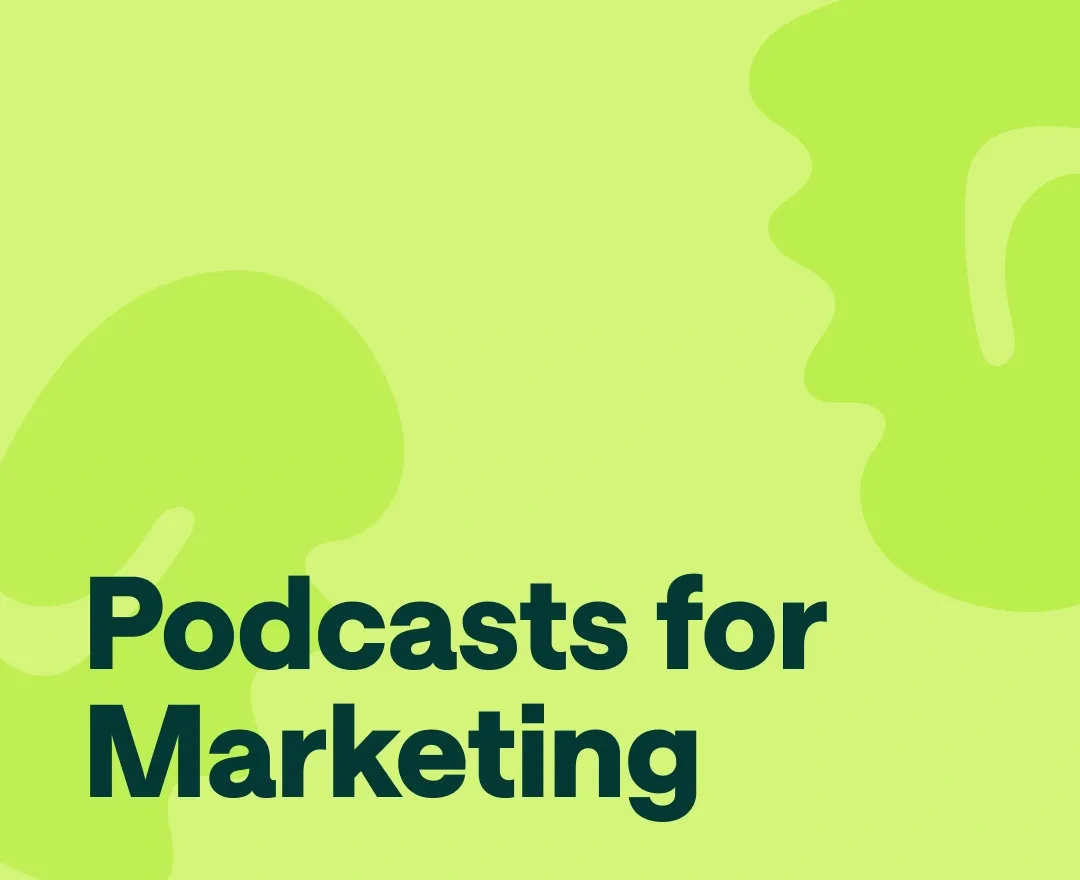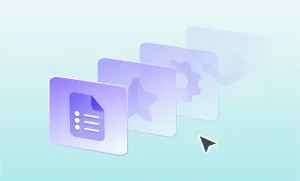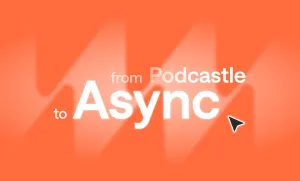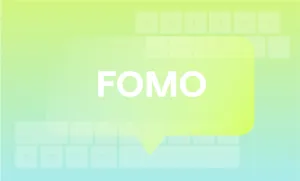When it comes to podcasts, you probably think that they’re just a nice, fun way to find out more about a topic that interests you. But have you ever considered the possibility that good-quality podcasts could become an integral part of your overall marketing strategy?
With the growing popularity of podcasts being undisputed, we’re seeing more and more brands taking to the mic to boost awareness, reach more leads, and convert customers. The trick to effective podcasting for marketing, however, is to be able to create the right type of content for each stage of the marketing funnel.
It’s easy to understand why. You already know that your potential customers in the awareness stage of the funnel, for example, are drawn to specific social media or email marketing content, and that’s exactly the type of content that you craft for them.
Customers further down in the funnel have other needs and expectations, which means they’re looking for different content. The exact same principles apply to the world of podcasting and, if you’re curious to learn more, just keep reading.
Podcasts and Marketing: An Unlikely Marriage?
When most people think of marketing, they probably picture something snappy, attractive, and compelling that entices them to take some (often urgent) action in order to, eventually, buy a product or service.
Podcasts, on the other hand, are by nature very different. They don’t tend to overtly promote anything, but are mostly focused on informing, educating, and entertaining listeners.
The content of podcasts can be incredibly varied, from offering mindfulness advice and exercises to delving into tech topics that answer questions such as what is MLOps?.
Their pace, too, is very different from standard marketing: It’s a lot slower, sometimes even more intimate, and definitely not “urgent” or pressing.
So, should the two even be together at all?
Yes!
By producing the right type of audio content via podcasts, you can achieve a range of incredible benefits that span building a loyal community to raising brand awareness and even increasing profits.
This happens precisely because podcasts are viewed as so detached from traditional marketing, and people consume them in a much more relaxed way that triggers feelings such as empathy, connection, and intimacy.
And what happens when a brand raises those feelings in its audience? You’ve guessed it; the chances of converting those listeners into customers skyrocket.
Free to use image sourced from Unsplash
The Perfect Podcast Content for Each Funnel Stage
Let’s find out how you can fine-tune your podcast content to each stage of your marketing funnel and make the most of this exciting tool:
Stage 1: Awareness
At the very top of the funnel is the Awareness stage. That first, crucial moment in which a person becomes aware that your brand exists. At this point, the person is the farthest away from becoming a loyal customer, so you have a lot of groundwork to do.
First of all, you’ll want to let them know about your brand in a way that captures and holds their attention. If they came across your company, it’s likely because they were looking for a way to solve a problem they had, and their search for a solution led them to you.
It’s vital, then, that you show them in a simple and quick way how you can effectively help. By either launching your own podcast or being a guest on someone else’s podcast about a topic that interests your audience, you can instantly put yourself—and your message—right in front of them.
And because they’ll be able to hear your voice and consume your content in an informal, laid-back state, your brand will immediately appear more “human”, empathetic, and genuinely willing to help. Not to mention that you can present yourself as an expert on the topic you’re discussing.
As mentioned, you could either start your own podcast or speak as a guest on someone else’s. If you can, we recommend the former, as it gives you a lot more flexibility on the subject matter as well as preventing you from (potentially) speaking on a competitor’s program.
If you decide to launch your podcast, be sure to equip yourself with good-quality podcasting tools which will make the recording, publishing, and sharing processes much smoother and more professional.
Free to use image sourced from Unsplash
Stage 2: Interest
When a person reaches this second stage of the funnel, they’re likely to expect to learn a bit more about your company. Let’s assume, for example, that you’re a tech startup.
In the pilot episode of your podcast, you would have probably given your audience some generic information about what you do, who your clients are, and what challenges your services can solve.
Now, it’s time to delve into a more specific topic for your next episodes, such as cloud data sharing. By doing so, not only will you hold your listeners’ attention for longer, but you will also prove to them that you are an expert at what you do.
Stage 3: Consideration
Great, you’ve created your first two podcast episodes and have noticed that a few listeners have stuck around. Now, it gets a bit trickier as your listeners are clearly showing an active interest in your brand and content, and want to learn more.
At this stage of the funnel, your podcast content should revolve around convincing your audience that your brand is better than its competitors, which will eventually lead them to buy from you.
By staying informed about the latest discussions and trends, you can create episodes that address the pain points, challenges, or topics your audience is currently interested in. This demonstrates your brand's relevance and expertise while keeping your content aligned with the ongoing conversations in your industry. Incorporating media monitoring into your marketing workflow ensures that your podcast content remains up-to-date and resonates with your target audience.
But how can you do this, without sounding too salesy and potentially putting off your listeners? One idea could be to create a podcast episode where you invite some of your happy customers to talk about how your company helped them solve a specific problem.
This could be the podcast equivalent of a case study, another great middle-of-the-funnel marketing strategy. You could structure the entire episode in interview form, where you ask your guest/customer to talk the listeners through their initial challenge, how they found your company, and how your company helped them solve their problem.
Free to use image sourced from Unsplash
Doing so will allow you to demonstrate to your audience that other people just like them, with challenges that were very similar to theirs, turned to your company for support and are very happy with the results.
Stage 4: Conversion
Congratulations, your listeners have reached the bottom of the funnel! Now, it’s time to give them that final little nudge that can convince them to become paying customers.
At this point, you really need to introduce a sense of urgency to your podcast content. Don’t worry, though, you can still do so without sounding like a salesperson. For example, why not offer your listeners a special discount or a cool freebie so they can sample one of your products or services without investing too much money in it?
To make sure that this call-to-action is as effective as possible, you’ll want to add this message to the very end of your podcast, but sprinkle in some enticing hints throughout.
For example, during the podcast episode, every now and again, keep reminding your listeners that “an exciting surprise” awaits them if they get to the end of the audio.
Importantly, remember to add your contact details to the podcast notes, so your listeners can jump straight from there onto your website or social pages.
As a side, but important, reminder, make sure that your web domain is associated with the region where your company is based (for example, register .ai domain if you are located in Anguilla) as this can help boost customers’ trust and strengthen your local presence.
Podcasts and the Marketing Funnel: A Match Made in Heaven
While the popularity of podcasts is booming globally as a way to pass the time and learn something new in an informal, relaxed setting, this tool can also be leveraged as a powerful marketing aid.
In our guide, we discussed how creating specific podcast content for each stage of the marketing funnel can be a winning strategy to boost awareness, reach a wider audience, and convert more leads into paying customers.As with other marketing tools, in fact, content optimization is crucial when communicating to the right customer type, at the right time, to get your message across and up your chances of conversion.








